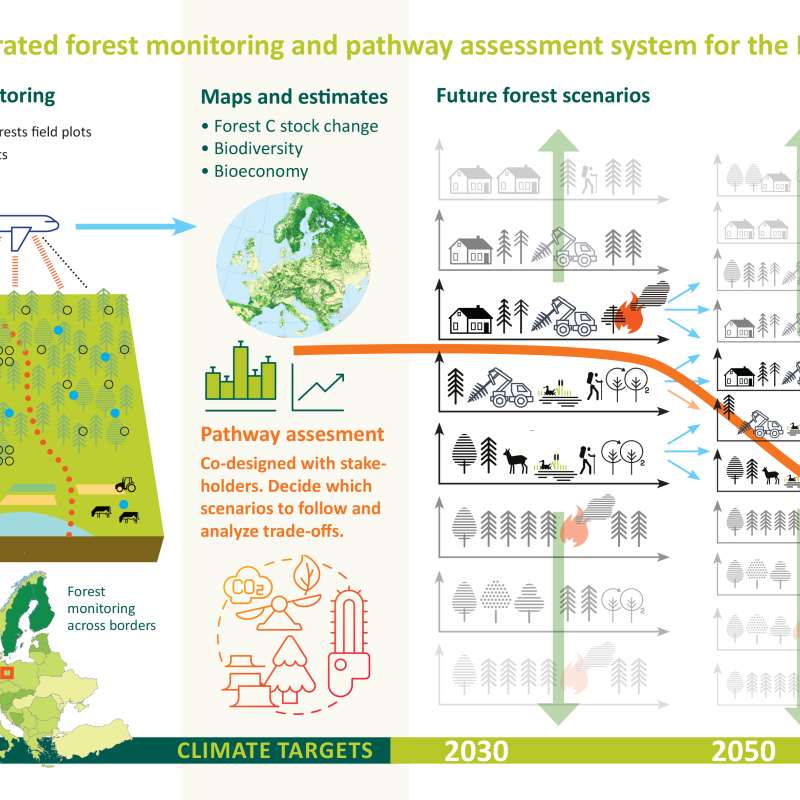Morgane Merlin
Forsker
Sammendrag
Det er ikke registrert sammendrag
Sammendrag
Det er ikke registrert sammendrag
Forfattere
Annegrete Bruvoll Erin Byers Cecilie Flyen Anna Elisabet Forsgren Erika Minerva Karttinen Morgane Merlin Signe Nybø Hilde Haug Simonhjell Svein Solberg Gunnhild Søgaard Øyvind Nystad HandbergSammendrag
Det er ikke registrert sammendrag

Divisjon for skog og utmark
PathFinder
Towards an Integrated Consistent European LULUCF Monitoring and Policy Pathway Assessment Framework

Divisjon for miljø og naturressurser
Precilience: Precision climate resilience for agriculture and forestry sectors in the European boreal regions
Precilience will develop precision solutions with farmers, foresters, landowners, and other actors to increase climate resilience in the Nordic-Baltic regions of Denmark, Estonia, Finland, Norway and Sweden.

Divisjon for kart og statistikk
A climate for spruce? New forest management to mitigate bark beetle risks under climate change

Divisjon for skog og utmark
PathFinder
Towards an Integrated Consistent European LULUCF Monitoring and Policy Pathway Assessment Framework
